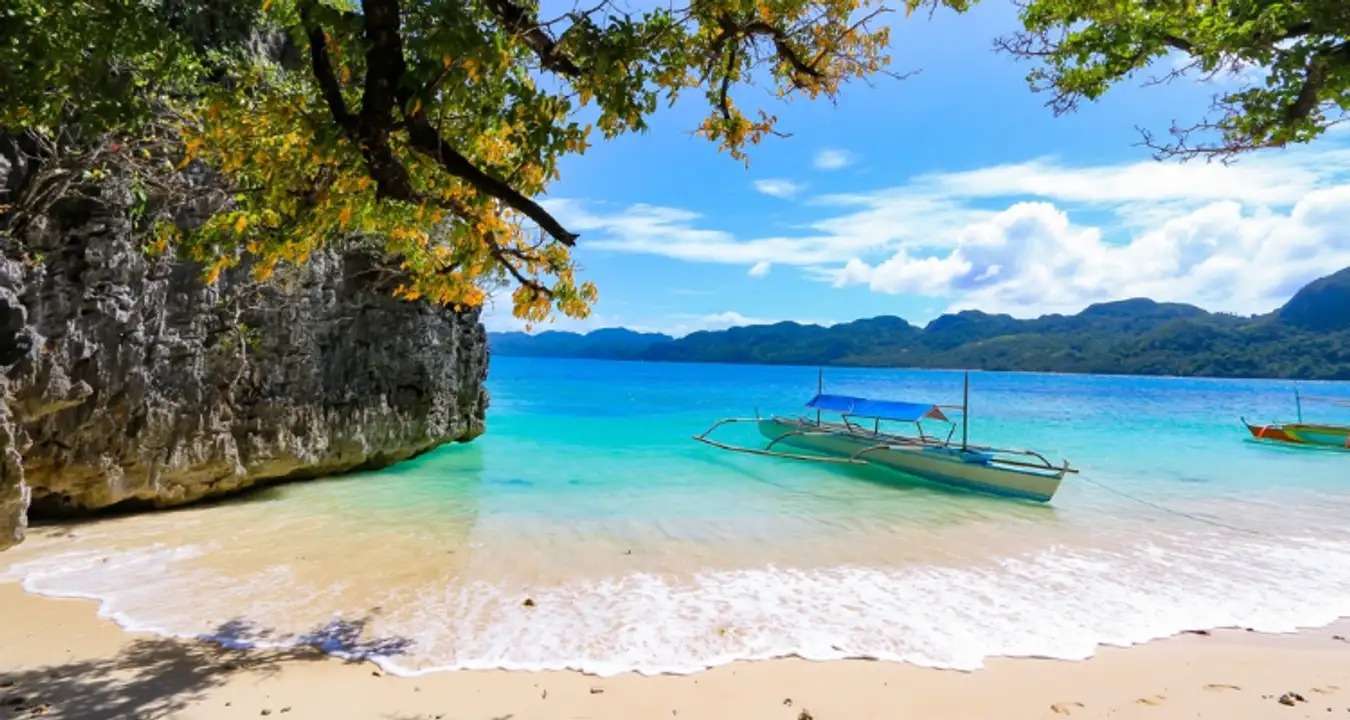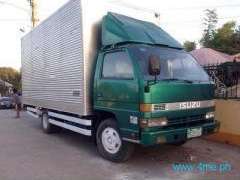About camarines sur
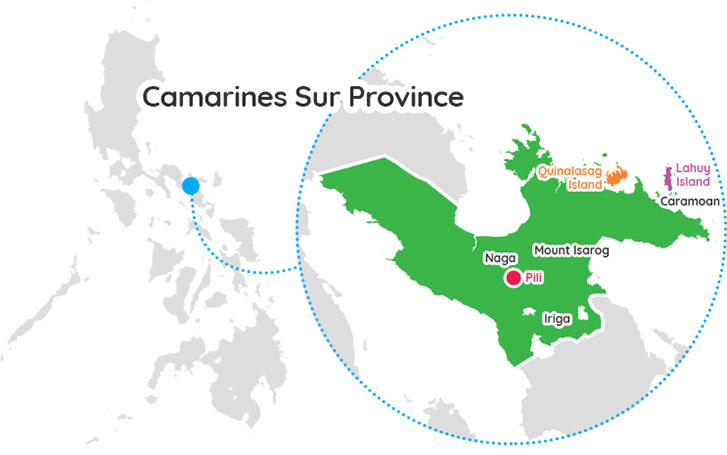
Camarines Sur, officially the Province of Camarines Sur, is a province in the Philippines located in the Bicol Region on Luzon. Its capital is Pili and the province borders Camarines Norte and Quezon to the northwest, and Albay to the south. To the east lies the island province of Catanduanes across the Maqueda Channel.
Camarines Sur is the largest among the six provinces in the Bicol Region both by population and land area. Its territory includes two cities: Naga, the lone chartered and independent city, as the province's religious, cultural, financial, commercial, industrial and business center; and Iriga, a component city, as the center of the Rinconada area and Riŋkonāda Language. Within the province lies Lake Buhi, where the smallest commercially harvested fish, the Sinarapan (Mistichthys luzonensis), can be found. The province is also home to the critically endangered Isarog Agta language, one of the three critically endangered languages in the Philippines according to UNESCO.
History
The earliest settlers in Camarines Sur are the Isarog Agta people who live within the circumference of Mount Isarog and the Iraya Agta who live within the circumference of Mount Iraya. They have been in the province for thousands of years and have been one of the first settlers in the entire Philippines.
In July 1569, Luis Enríquez de Guzmán, a member of the expedition led by Maestro de Campo Mateo de Saz and Captain Martín de Goiti, led a group which crossed from Burias and Ticao islands and landed on a coastal settlement called Ibalon in what is now the province of Sorsogon. From this point another expedition was sent to explore the interior and founded the town of Camalig.
In 1573, Spanish conquistador Juan de Salcedo penetrated the Bicol Peninsula from the north as made it as far south as Libon, establishing the settlement of Santiago de Libon. José María de Peñaranda, the first governor of Albay and a military engineer, was made corregidor of the province on 14 May 1834. He constructed public buildings and built roads and bridges. The entire Bicol Peninsula was organized as one province with two divisions, Camarines in the northwest and Ibalon in the southeast. In 1636, the two were separated.
Known centuries ago as the Tierra de Camarines, the province is distinctly Spanish-founded settlement. Its name having been derived from camaronchones or camarines, a Spanish word for kamalig referring to small nipa or bamboo-made huts by the natives.
In 1574, Governor General Guido de Lavezaris referred Camarines Sur to the King of Spain as Los Camarines, after the abundance of camarins-rice granaries – which were conspicuous features of the area.
Spanish colonizers later subjugated its people and denominated the area into two distinct aggrupations. Partido de Camarines was partitioned into Camarines Sur and Camarines Norte in 1829, and thereafter underwent fusion, annexations and re-partitions until 19 March 1919, when two provinces, jointly called Ambos Camarines, were finally separated with their present boundaries by decree of the First Philippine Legislature.
The Philippine Revolution started in Ambos Camarines when Elías Ángeles and Félix Plazo, Filipino corporals in the Spanish Army, sided with revolutionists and fought the local Spanish forces on 17 September 1898. Governor Vicente Zaidín capitulated to the revolutionists on the following day. With the arrival of General Vicente Lukbán, the revolutionary government in the Bicol Region was established.
The American forces occupied the Bicol Peninsula in January 1900. In March of the same year. General John M. Bell was made the military governor of the southeastern Luzon. Civil government was finally established in Ambos Camarines in April 1901.
During World War II, Camarines Sur came under Japanese occupation in late December 1941, following the capture of Naga City on 18 December, a few days after the Japanese invasion of Legaspi.
In 1945, Bicolano guerrillas including Filipino and American liberation forces liberated Camarines Sur from the Japanese forces towards the end of WWII and were involved in the liberation efforts.
Listings in camarines sur
More Provinces
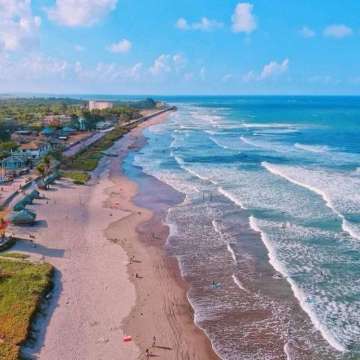
camarines norte
Camarines Norte is a province located in the Bicol Region in Luzon of the Philippines. Its capital is Daet. Camarines Norte Province is a crescent-shaped province that stretches northwest to the southeast. It faces Lamon Bay and the Pacific Ocean on the northeast and is bounded on the south by ...read more
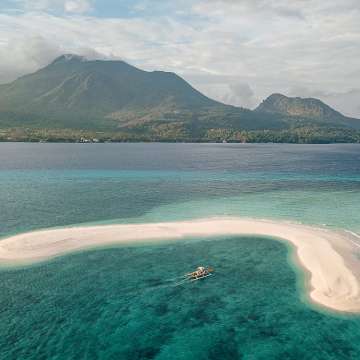
camiguin
Camiguin is an island off the coast of Southern Philippines formed through centuries of volcanic activity. Today, fourteen volcanoes define its heights as well as an abundance of natural sites from hot, cold, and soda springs to white-sand islets, waterfalls, coral reefs, forests, and fertile soil attributed to sweetest lanzones ...read more

